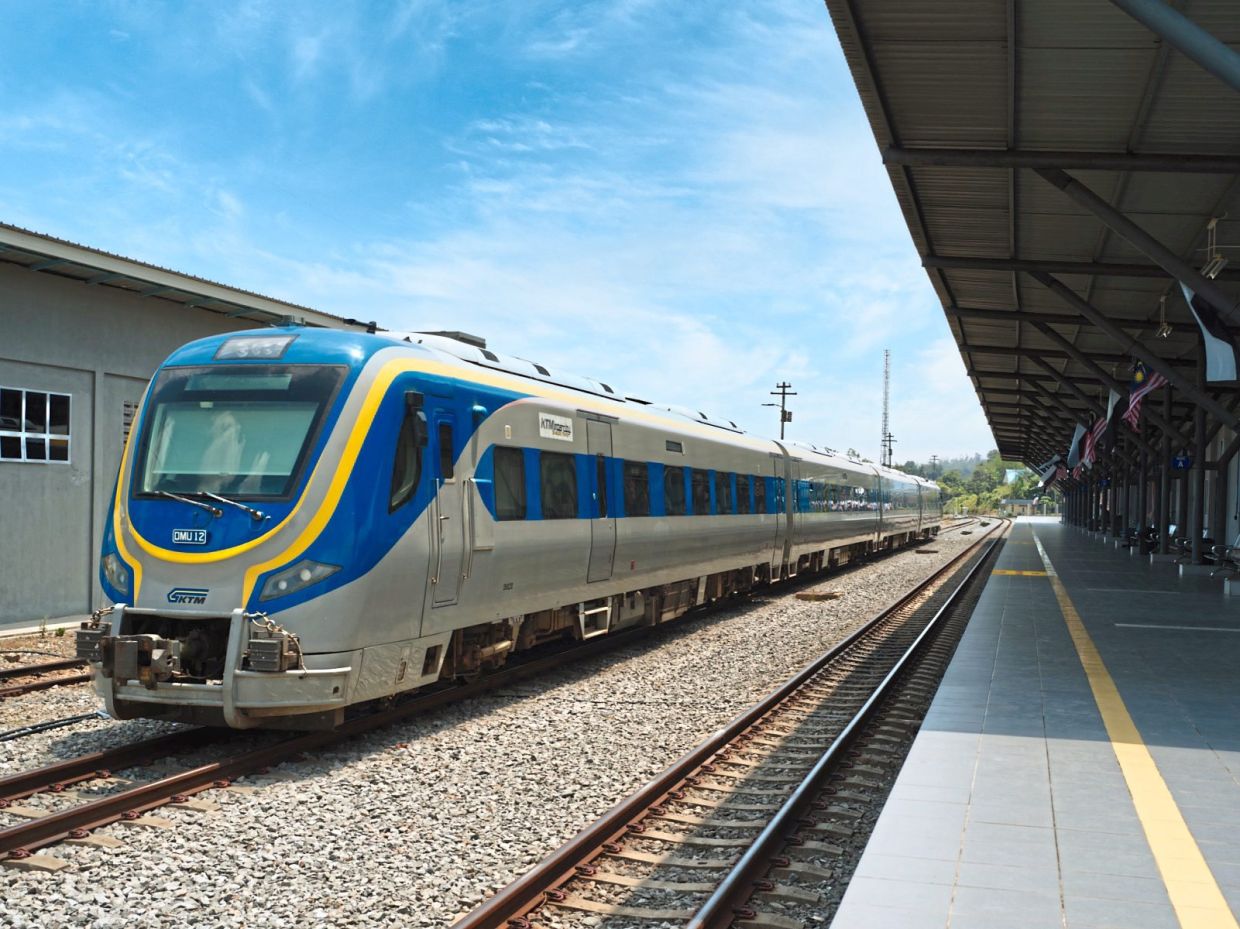September 8, 2025
KUALA LUMPUR – I have honestly never heard of Pengkalan Kempas in Negri Sembilan, so when someone mentioned that the river prawns (“udang galah”) there were fresh and good, my husband and I decided to pay a visit.
To drive to Pengkalan Kempas from the Klang Valley, you have to exit the North-South Highway at the Linggi intersection. It is best to set your GPS or navigation app to Pengkalan Kempas itself, lest you get lost.
Once you reach the town of Rantau in Negri Sembilan, it is fairly easy to find Pengkalan Kempas as there are big brown signboards along the way, denoting that it is a place of historical interest. It is actually very near to the Melaka border.
Pengkalan Kempas has one main street next to the Linggi River, which carries a warning for crocodiles.
“You mean there are still crocodiles in Peninsular Malaysia?” my Sabahan friend marvelled.
“One just appeared in the Klang River,” I reminded him. “But Sungai Linggi is famous for them. There are even crocodile sanctuaries there.”
In the 14th century, Pengkalan Kempas was an important trading port, especially for the burgeoning Chinese community. It was rumoured that traders from England, Holland and China stopped there.
It was also where historical figures Yap Ah Loy and Hang Li Po landed before they went on to make waves in Kuala Lumpur and Melaka, respectively.
The jetty of these significant landings is currently being rebuilt as it is very old. But there is a small section on it that you can stand or sit on the readily available plastic chairs to look out at the river.
I tried to look for crocodiles, but the river was swelling with the incoming tide at that time, so sadly I didn’t spot any.
You can charter a boat to take you down Sungai Linggi to spy on the crocodiles or help fish for your own prawns.
The residents of Pengkalan Kempas are warm and welcome all visitors, as they are very proud of their little town. It is a small place, but with a big mission. The people are collectively pooling their resources and energy to restore and beautify their hometown so that more tourists would visit.

Pengkalan Kempas in Negri Sembilan makes for a wonderful pit stop for road-tripping travellers. PHOTO: THE STAR
Quaint alleys and murals
Tiong, a contractor who lives in the oldest house on the road, invited us to see how he has restored the 1910 shophouse. The window panes have been painstakingly renewed and given a fresh coat of paint. The stairs are kept from the last century.
His wife runs the oldest kedai runcit in the town. The friendly couple showed us the two old wells that still form part of the property.
“My children have moved to Melaka for work because they can’t get jobs here. But it is near enough for us to go to and fro to see our grandchildren,” Tiong says.
There are plans for a homestay, and murals have been lovingly painted all around. Meanwhile, Instagram-worthy little alleys are decorated with plants and lanterns.
Nearby is the Pengkalan Kempas historical complex which houses the 15th century tomb of a saint and many megaliths, believed to date back to the 2nd century. Some of them have distinctive shapes like a rudder, spoon and sword.
One “weird” thing about this historical complex is that though it is supposed to be open all the time, it isn’t always the case.
“Just remove the lock, open the gate and go in,” Tiong suggested. “Most people do it.”
Head north
In the centre of Peninsular Malaysia is a town that you have probably read about in school: Kuala Lipis. We were on a durian expedition to Raub, Pahang when we saw the signs for Kuala Lipis and decided to take an excursion there.
This once capital of Pahang is simply darling. Old colonial architecture still exists in the buildings and the old Clifford school, as well as the Pahang Club.
Many shophouses in the old town boast that they were established in 1908 or 1921 … over a century ago.
The train station, built by the British in 1926, is a focal centre. But Kuala Lipis was famous for gold back in the day, and the rivers that feed it – Sungai Jelai and Sungai Lipis – were once the main trading waterways.

The train station in Kuala Lipis, Pahang, Malaysia was first built by the British in 1926, and is still in operation today. PHOTO: THE STAR
Today, you can take excursions into the Lipis Geopark on boat, where you can view mangroves and the primary rainforest that forms Malaysia’s backbone.
We stopped at the Old State Mosque of Pahang, built in 1888, and chatted to an elderly man there who has lived in Kuala Lipis all his life.
“You need to go on a boat to truly appreciate the diverse flora and fauna of the land,” he told us.
If Bentong and Raub are famous for durians, Kuala Lipis is famous for its river fish. The signature dish of Pahang is “patin tempoyak”, which is a sauce made out of fermented durian. It simply has to be tried.
Malaysia has many interesting small towns to visit, which are great for folks who love going on road trips. If you’re planning one soon, do take the time to check out these two off-the-beaten-track historical towns.

